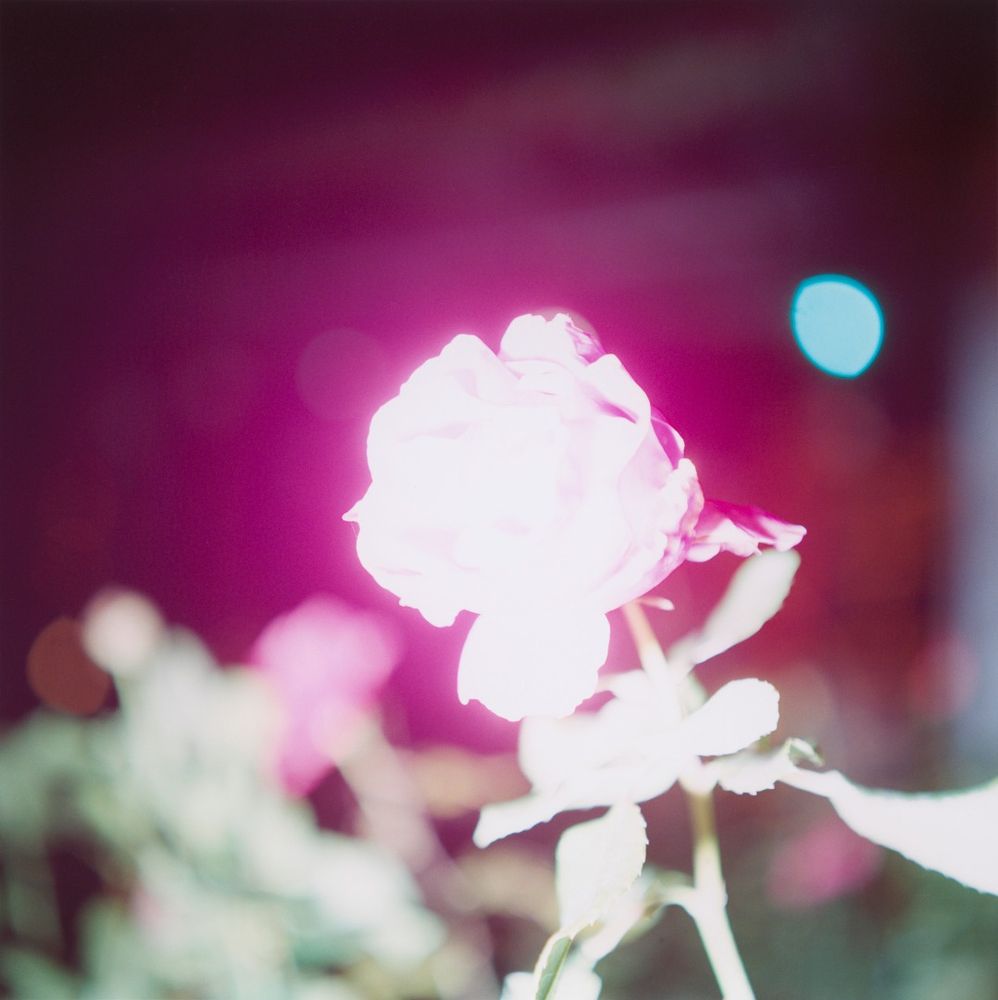
In 2001, Rinko Kawauchi launched her career with the simultaneous publication of three astonishing photo-books—Utatane, Hanabi, and Hanako—firmly establishing herself as one of the most innovative newcomers to contemporary photography, not just in Japan, but across the globe. In the years that followed, she published other notable monographs, including Aila (2004), The Eyes, the Ears, (2005), and Semear (2007). And now, ten years after her precipitous entry onto the international stage, Aperture has published Illuminance, the latest volume of Kawauchi’s work and the first to be published outside of Japan. Kawauchi’s work has frequently been lauded for its nuanced palette and offhand compositional mastery, as well as its ability to incite wonder via careful attention to tiny gestures and the incidental details of her everyday environment. In Illuminance, Kawauchi continues her exploration of the extraordinary in the mundane, drawn to the fundamental cycles of life and the seemingly inadvertent, fractal-like organization of the natural world into formal patterns. Gorgeously produced as a clothbound volume with Japanese binding, this impressive compilation of mostly previously unpublished images is proof of Kawauchi’s unparalleled, unique sensibility and her ongoing appeal to the lovers of photography In her photos we see an iridescent diamond; a radiant blue sky; an elderly woman making onigiri; an infant suckling on a mother’s breast. At first glance, her photographs seem simple. But her talent lies in the way she is able to evoke the primal in all of us: a depth of raw human emotion. “It’s not enough that [the photograph] is beautiful,” says Kawauchi. “If it doesn’t move my heart, it won’t move anyone else’s heart.” A distinctive trait of her work lies both in the sequence and the juxtaposition of her images. This editing, she says, “differentiates between a photograph and an artwork. Seeing two images next to each other opens up the imagination and gives birth to something else. Flipping through the pages of the book, it can arouse feelings of excitement, sadness, or happiness—things that are hard [for me] to do with words.” her “Illuminance” series, which are on display in large-scale proportions. Square photographs appeal to the artist because, she has said, the images don’t “pull” in any direction: they are neither vertical nor horizontal. This creates quite a different composition to the standard landscape or portraits, which usually rely on a rule of thirds for the aesthetic appeal. The square format is inherently calm, but in the hands of Kawauchi, it is never boring.
why I chose this artist: Kawauchi is a master of finding stillness and purity in everyday life. I chose this artist because through this work I personally can see the whole beauty and opulence within the light and abstract thoughts coming from each of the objects or places themself. The images themselves are not about being directly taken in a perfect manner, but done in such a way to evoke a feeling. The work itself too has a clear narrative throughout which I can truly appreciate, this is too what I want to show within my work. Her ability to capture poetic beauty enforcers a need to be meditative, her work is made of peoples emotions, within a peaceful positive manner, and I believe she does capture this successfully.
image anaylsis:

I chose this image as it really inspired me. I belive the way the richness of the diamond itself is not the valued part of the images itself, but the refraction of the light and the chose of rainbow light creating new compositions and formations of shape and colours is. It brings a brightness to a very dark room, I Like how from the composition it is implied that the crystal is on a table and then surrounded by a wall, however the space surrounding itself is represented to be infinite. The echoes of beauty within this photo are beyond evident, and the true exploration of what it means to be visceral. There also seems to be such an energy and expansion of happiness coming from one object, their is a personality from this, it is not just a thing as it forms new life and new beauty from within. conceptually I believe this image spoke personal to the photographer, and she just saw such a purpose of exceptional beauty from within. The effect, achieved without any post-production tricks, transforms a mundane scene into a sight resembling a divine passage to heaven. An artist who chooses her subjects as a child would, focusing on small but fascinating details that are free of heavy symbolism and are reminders of the wonderful world around us. More often than not, she captures these in a limited spectrum of cool, pale blues that have become her signature colours.
Aim for my photoshoot: I too am planning on buying small objects which I see and can value a beauty within.This agin is a personal response of my own emotions and narrative. A look into what I value most, and see beauty in. I want to use different object, mediums and photography items such as living plants in scenarios which they would not usually be found, so I can control the conditions and the factors of light which they will be surrounded by. She describes her wok as “It’s not enough that the photograph is beautiful. If it doesn’t move my heart, it wont move anyone else’s heart.”, so to capture her work I must find scenarios and lighting which is both organic and produced in order to influence and create these themes of beauty.
